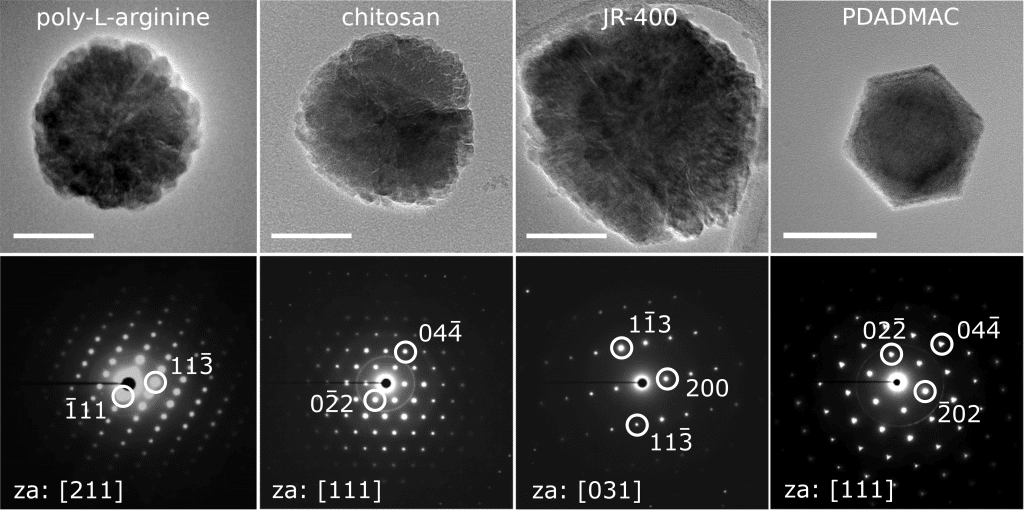Researchers at BIAM drew inspiration from the natural processes encountered in magnetotactic bacteria to synthesize magnetite nanoparticles. This promising biomimetic approach opens up various avenues of sustainable and eco-friendly applications, ranging from water purification to biomedical advancements.
Magnetotactic bacteria, naturally proficient in biomineralization, produce magnetosomes (magnetite nanoparticles) using a mineral precursor stabilized by macromolecules. This precursor is initially poorly structured and forms in the liquid environment of the bacteria. Its central role lies in triggering the precipitation process, responsible for mineral formation. This transient state is stabilized by proteins, allowing precise control over the size and morphology of the final magnetite particles.
Preliminary Approaches
This natural process has been successfully replicated at the BIAM laboratories through a biomimetic approach. To achieve this, the researchers used poly-L-arginine, an analogue of the stabilizing proteins and confirmed that the modification of the magnetite formation mechanism resulted solely from the positive charges of the polymer (polycation). However, this polymer is expensive and challenging to synthesize.
Towards Sustainable Biomimetic Approaches
To enhance the sustainability and cost-effectiveness of this biomimetic process, the researchers have now explored the use of different polycations, which are derived from food or industrial waste (see photos). The results of this research now allow precise control over the size (from 10 nm to 159 nm), morphology (compact and sub-structured), and magnetic properties of magnetosomes at ambient temperature and pressure through the modulation of the concentration and type of polycation introduced in the experimental process.
A Variety of Sizes for Diversified Applications…
“By considering the rational design of nanoparticle size, we anticipate precise adjustments of their properties for various applications, including water purification, ink material production, magnetic data storage, as well as biomedical applications such as contrast agents in MRI and hyperthermia therapy for cancer treatment,” emphasizes Damien Faivre, a researcher at BIAM and the lead author of the discovery.
